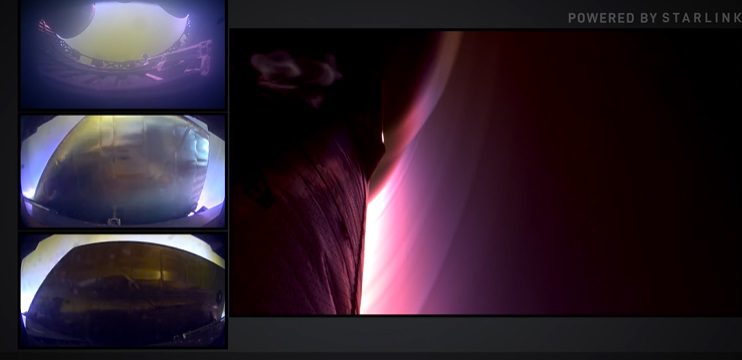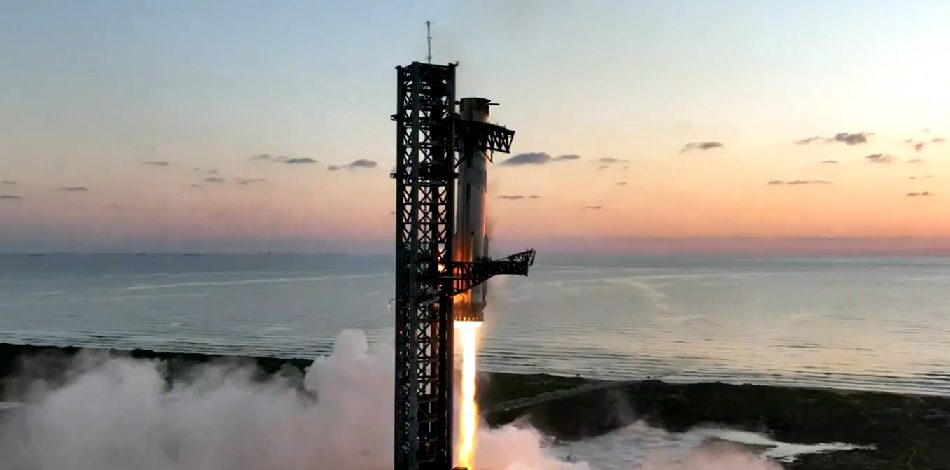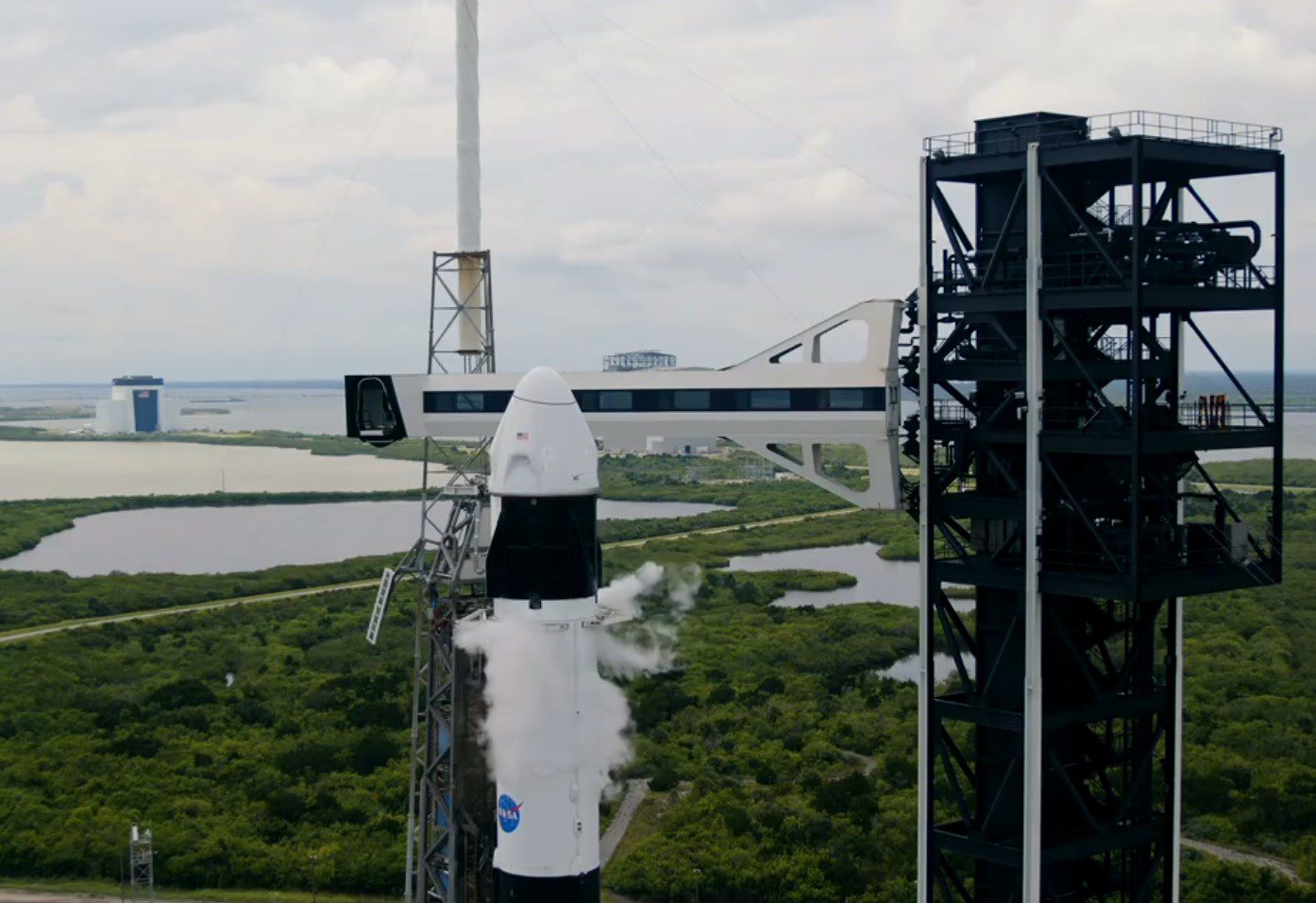The transatlantic aerospace, shipbuilding and defence conglomerate, BAE Systems, has agreed to purchase a 20% shareholding in Reaction Engines Limited for £20.6 million. Following on from work on the HOTOL launch vehicle at British Aerospace and the RB545 air-breathing rocket engine concept at Rolls-Royce, Reaction Engines was set up by rocket scientist Alan Bond and aerospace designer Richard Varvill. They pursued their dream of building a reliable and cheap-to-operate single-stage to orbit launch vehicle by developing Skylon, with a SABRE (Synthetic Air Breathing Rocket Engine) engine design that uses a slightly different cycle to that of the RB545.
The idea of the engine is to reduce the amount of heavy liquid oxygen (LOx) carried by using atmospheric air instead to burn the liquid hydrogen fuel in the early part of a launch/flight. At about Mach 5.5, the SABRE engine then switches to oxygen carried by Skylon. By employing this switchable air breathing technology, much more payload can be carried into orbit on a single-stage launch vehicle.
Using both private investment and some money via the UK government and ESA, the key precooler heat exchanger technology was perfected (over twenty years). This can lower the temperature of the inlet stream of air by over 1,000 degrees C in less than one second, nearly liquefying it before it goes into rocket’s compressor. This heat exchanger and engine technology may have other uses including for hypersonic aircraft and cruise missiles as well as other Earth-bound applications.
Reaction Engines needed the investment to receive a further $60 million from the UK Government to enable it to build a full prototype SABRE. The deal values the firm at more than £100 million.
Comment by David Todd: As a very small (but original) investor in Reaction Engines, this writer has mixed feelings over this deal. The first point is that while non-profit-making firms are notoriously difficult to value, BAE Systems appears to have got an excellent deal in having access to a potentially world beating technology for a relatively small cash outlay. This purchase also allows BAe Systems to “get back into the space business” having previously made the strategic mistake, as British Aerospace, of divesting its satellite manufacturing business to Matra Marconi Space (now Airbus Defence and Space) in the 1990s as well as its missile business to what is now MBDA.
Reaction Engines’ own need for cash might have given it a weaker negotiating position allowing this sale at a relatively cheap price. Nevertheless, at least this investment now provides the funding needed (along with the now-likely UK government investment tranche) to build its prototype engine and finally prove the concept.
As an investor whose main interest is in getting the technology flying, your correspondent’s view is that BAE Systems is probably a good choice of partner. BAE Systems has the ability to build a possible flying test vehicle for the SABRE engine. It also has interests on both sides of the Atlantic which allows it to form alliances with either European or US airframe manufacturers in order to build a full-sized Skylon launch vehicle (assuming that BAE Systems does not want to build it itself). There remains interest in USA with the US Air Force known to be especially interested in the engine technology. The only fly in the ointment is that further ESA funding into Skylon and SABRE might be contingent on any such future deal being done with a European firm.
At least, Jan Woerner, Director General of ESA, is aware of Skylon, which was previously proposed as a reusable alternative to the development of Ariane 6 and which may yet become its successor. Noting during a press conference at the recent International Astronautical Congress (IAC 2015) that he had visited Reaction Engines in his time as head of the DLR, Woerner’s verdict on the technology was: “Impressive! Impresssive! Impressive!”









